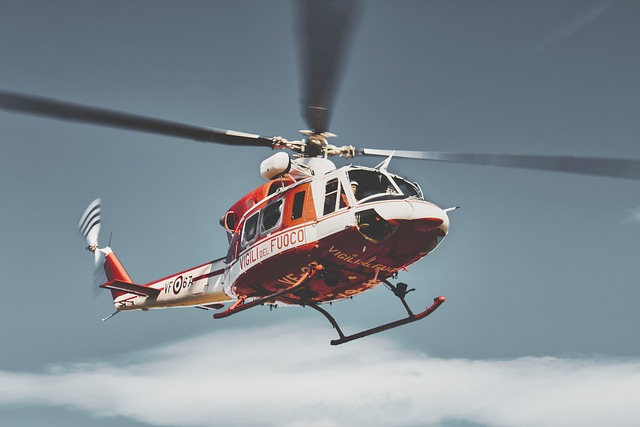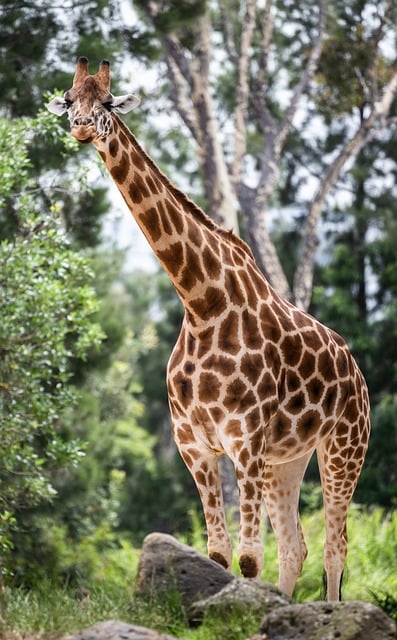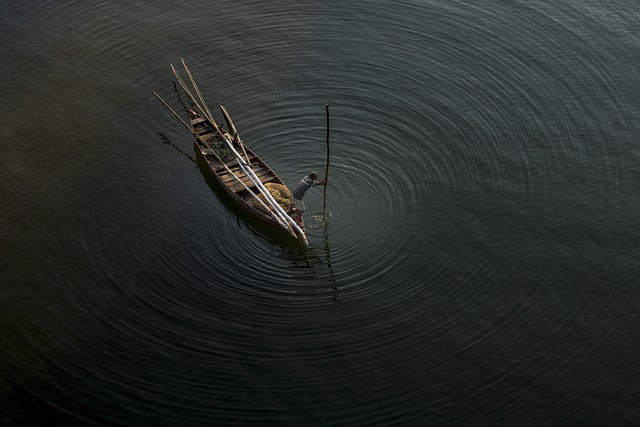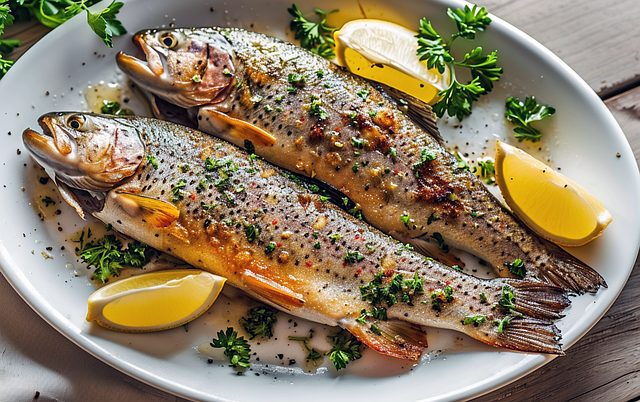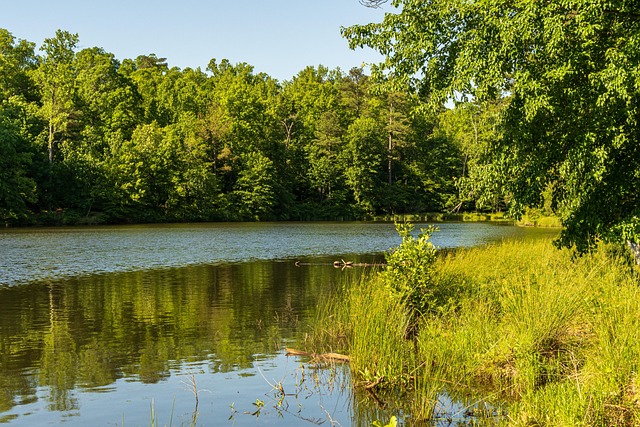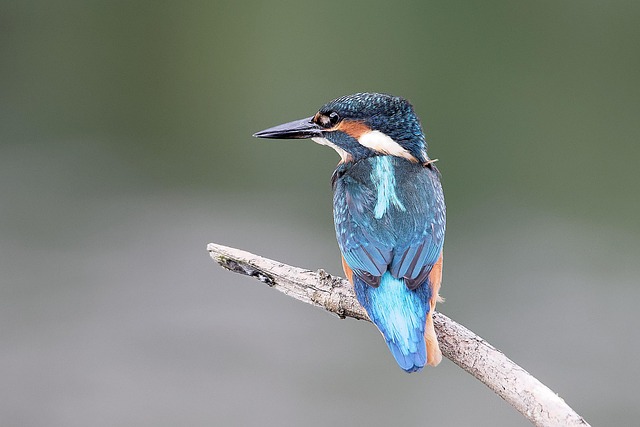The Upper Willamette River is a vibrant ecosystem and prime fishing destination, teeming with salmon, steelhead trout, and various freshwater fish. To preserve its ecological balance and safeguard its rich fishing heritage for future generations, responsible fishing practices are crucial. Anglers should employ catch-and-release techniques, respect fishing areas, comply with size and limit regulations, properly manage waste, and prioritize safety by adhering to local regulations and using appropriate gear. Local regulations, grounded in scientific data, also play a vital role in maintaining the river's health and promoting sustainable fishing practices, fostering conservation efforts for this precious natural resource.
“Explore the Upper Willamette River’s rich fishing grounds with confidence! This guide delves into the essential safety tips for anglers, offering a comprehensive look at the region’s unique ecosystem. From understanding local regulations to adopting sustainable practices, we empower you to contribute to the preservation of this vital waterway. Discover how your actions can positively impact fish populations and the overall health of the Upper Willamette River through responsible fishing conservation.”
- Understanding the Upper Willamette River Ecosystem
- Safety Precautions for Anglers: Essentials to Know
- Conservation Practices for Sustainable Fishing
- Local Regulations and Their Impact on River Health
Understanding the Upper Willamette River Ecosystem
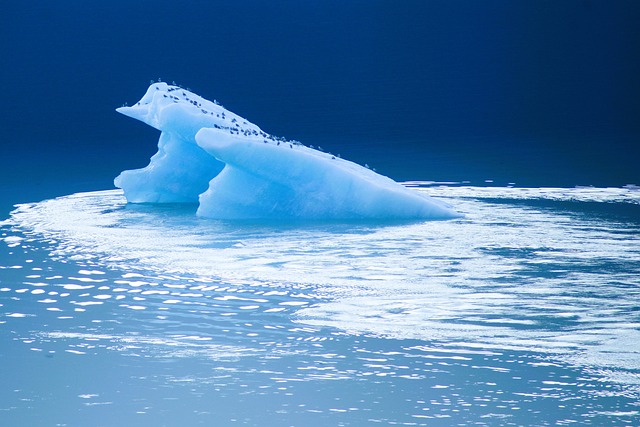
The Upper Willamette River, a vital ecosystem and popular fishing destination, teems with life. Understanding its unique characteristics is key to safe and sustainable fishing practices. This river system supports a diverse array of aquatic species, from salmon and steelhead trout to various freshwater fish. The health of this ecosystem depends on balanced water levels, clean habitats, and the preservation of native plants and animals.
Anglers play a crucial role in conserving Upper Willamette fishing by adopting responsible habits. Practicing catch-and-release methods ensures the river’s fish populations thrive. Additionally, respecting designated fishing areas, adhering to size and limit regulations, and properly disposing of waste contribute to the overall health of this precious natural resource, ensuring its enjoyment for future generations.
Safety Precautions for Anglers: Essentials to Know

When heading out on the Upper Willamette River for a fishing expedition, prioritizing safety is paramount to both your well-being and the conservation of this precious natural resource. Anglers should familiarize themselves with local regulations and be prepared for the river’s unpredictable nature. Wearing a life jacket is non-negotiable; it can provide crucial protection in case of unexpected capsizes or strong currents. Additionally, ensuring your fishing gear is in good condition and using appropriate tools specifically designed for river fishing will enhance safety during your venture.
Knowing the river’s flow patterns and water levels is essential. Check forecasts to understand potential hazards like rapid current changes. Anglers should also be aware of their surroundings, including nearby vessels and other anglers, to avoid collisions or entanglement. Practicing responsible waste disposal by packing out what you bring in helps maintain the river’s cleanliness and promotes upper Willamette fishing conservation efforts.
Conservation Practices for Sustainable Fishing

The health and sustainability of the Upper Willamette River ecosystem are paramount for both the environment and anglers alike. Adopting conservation practices is essential to ensure that fishing remains a enjoyable activity for future generations. One key aspect is practicing catch-and-release, especially for larger fish, to maintain balanced populations. Anglers should also be mindful of their impact on the river’s habitat; using proper gear like biodegradable bait and non-sting gloves can minimize damage to aquatic plants and creatures.
Additionally, responsible waste disposal is crucial. Always carry out what you bring in, including used fishing line. This helps prevent entanglement of wildlife and keeps the river clean for everyone to enjoy. By adhering to these simple yet powerful conservation practices, anglers can play a vital role in preserving the Upper Willamette River as a thriving fishing destination.
Local Regulations and Their Impact on River Health

Local regulations play a crucial role in preserving and enhancing the health of the Upper Willamette River, a vital ecosystem for both wildlife and anglers. These rules are designed to maintain balance and ensure sustainable fishing practices. By adhering to local guidelines, anglers contribute directly to the conservation efforts aimed at protecting the river’s unique biodiversity.
Regulations often dictate catch limits, sizes, and specific seasons, all of which are based on scientific data and observations. These measures help prevent overfishing, allowing fish populations to thrive and ensuring a healthier river ecosystem for future generations of anglers. Additionally, some regulations focus on habitat protection, prohibiting activities that could harm the river’s delicate balance, thereby fostering an environment conducive to both fishing and environmental preservation.





